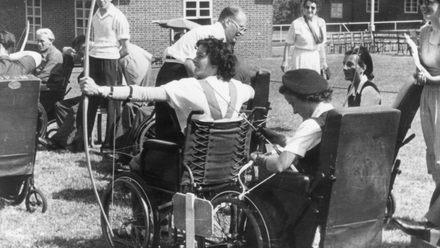
It would be a mistake to assume that the only treasures held by Local Studies libraries are books. At Leeds Libraries our Playbills Collection is just one of our ‘non-book’ treasures. Comprising over 5,000 items from the 1700s to 1998. Over 50% of the Playbills Collection are for theatres no longer with us, providing insight into the programming and audiences experienced by each theatre. Today I’m going to introduce you to a few of our favourite items.
Quick change
Circus drama
Legendary links: circus to song
The Circus Playbills include several from Britain’s first Black circus owner, Pablo Fanque, real name William Darby. This 1854 playbill demonstrates various woodcuts around the outside, it is worth noting that the main image of a lady on horseback was reused on many of Pablo’s past and future playbills. Pablo Fanque died in 1871, aged 76 in Stockport, but was buried with his first wife Susannah at Woodhouse Cemetery in Leeds. It was reported that a vast crowd lined the route of his funeral procession. He is perhaps more well-known now in popular culture after being immortalised on the The Beatles’ Sergeant Pepper’s Lonely Hearts Club Band track ‘Being for the Benefit of Mr Kite’ with the line ‘late of Pablo Fanque’s Fair’.

Naked Cinderella?
Design of the times
In 1999 Leeds Libraries built the Leodis website to hold our extensive collection of Leeds heritage photographs, (over 63,000 images and counting), the Playbills Collection was included in the digitisation work for preservation and accessibility. As with other heritage collections, it includes items displaying language, imagery and attitudes that are now known to be insensitive, upsetting and factually inaccurate. These depictions reflect the context and culture of their creators and are designs of the time. They have been included in digital collections for historical preservation purposes, they do not reflect the beliefs or values of our organisation.
All images are partial crops, to see the full playbills please go to Leodis.net
Find out more
- View the Playbills Collection - Visit the Advanced Search function on Leodis.net. Select ‘Playbills’ from the Media Archive drop down menu, click Search if you want to browse all 5,054 playbills, or using the options on the Advanced Search page you can narrow down by theatre or year.
- Read the Secret Leeds Library blog - Find more about Pablo Fanque, or City Varieties performer the “The ‘Vivacious’ Audrey Mann”
- Norwich: A Black History - Read a little more about Pablo Fanque in our earlier blog
- Blog - Discover more curious collections from around the country and much more






